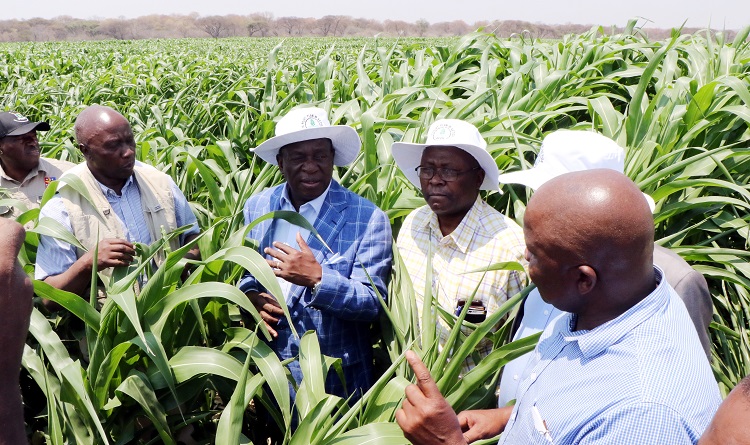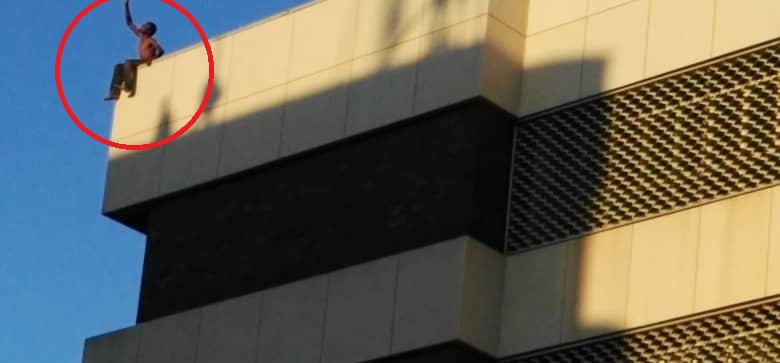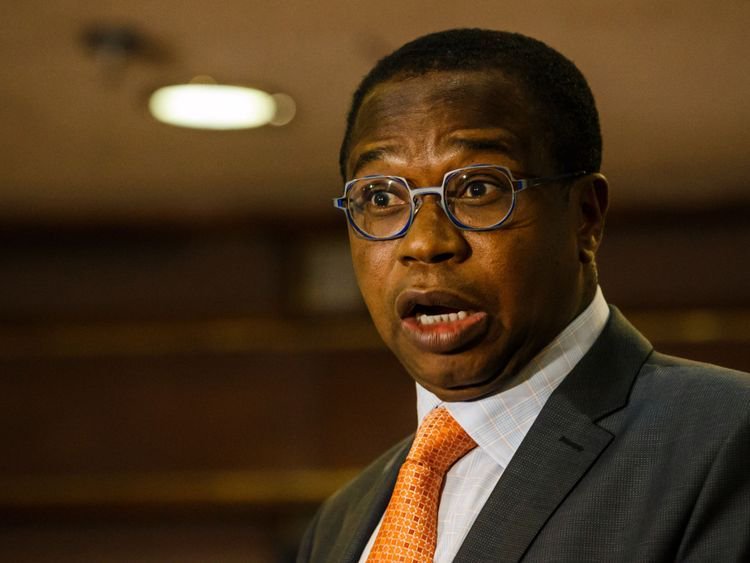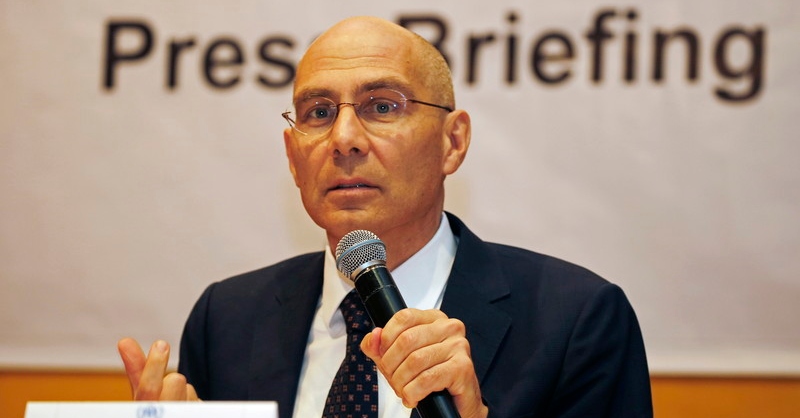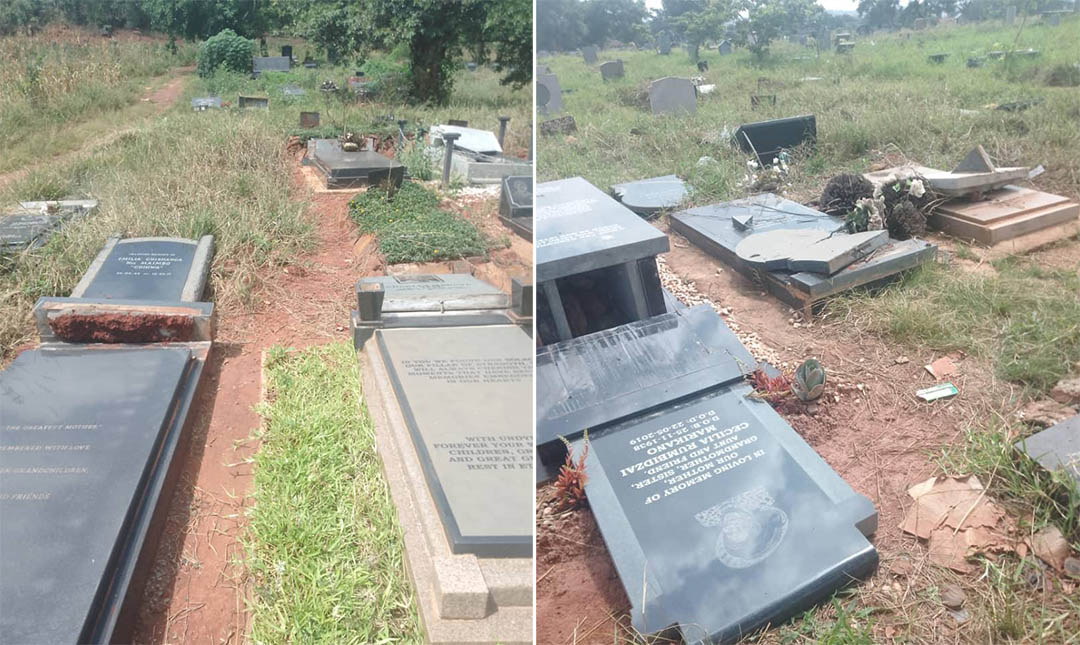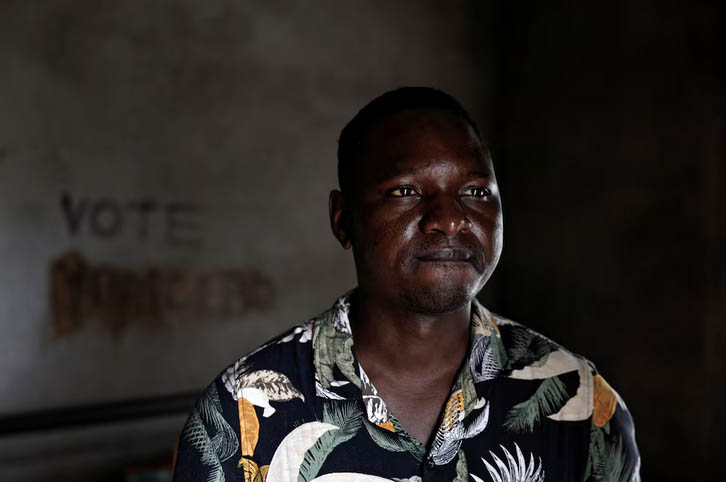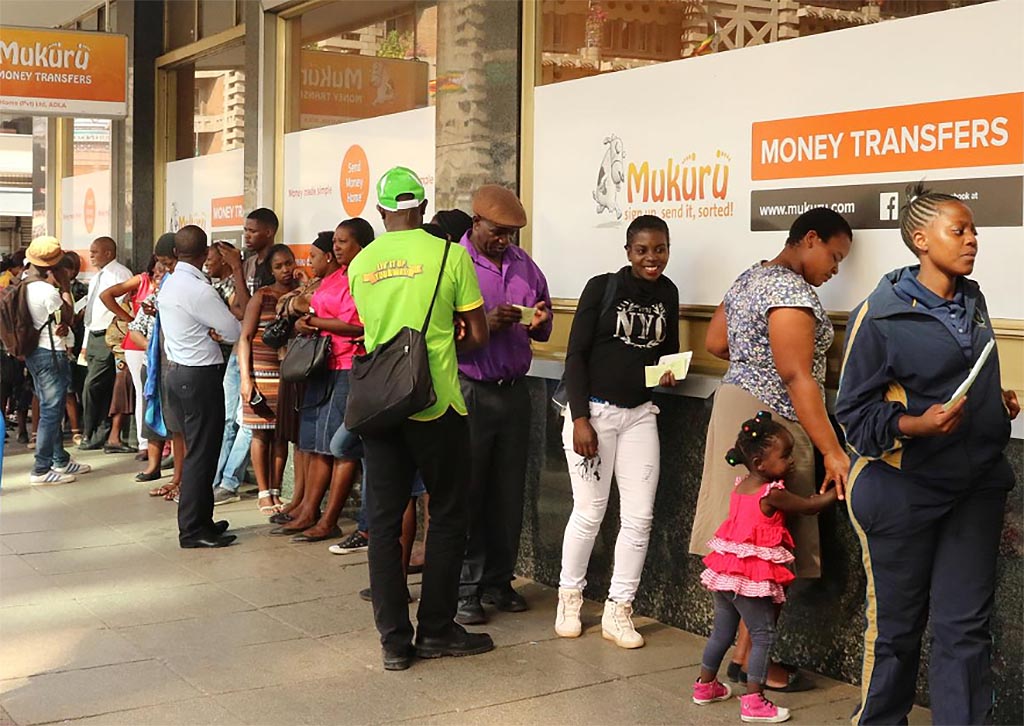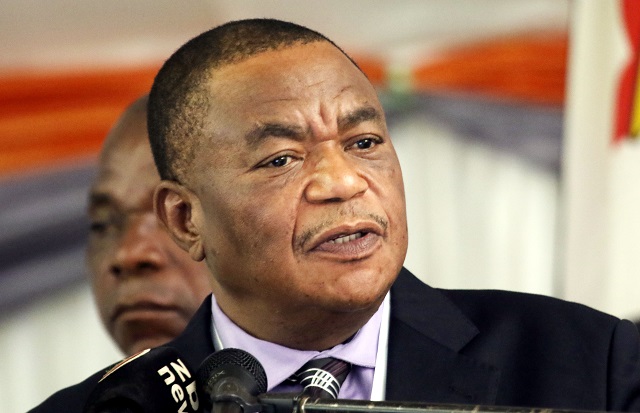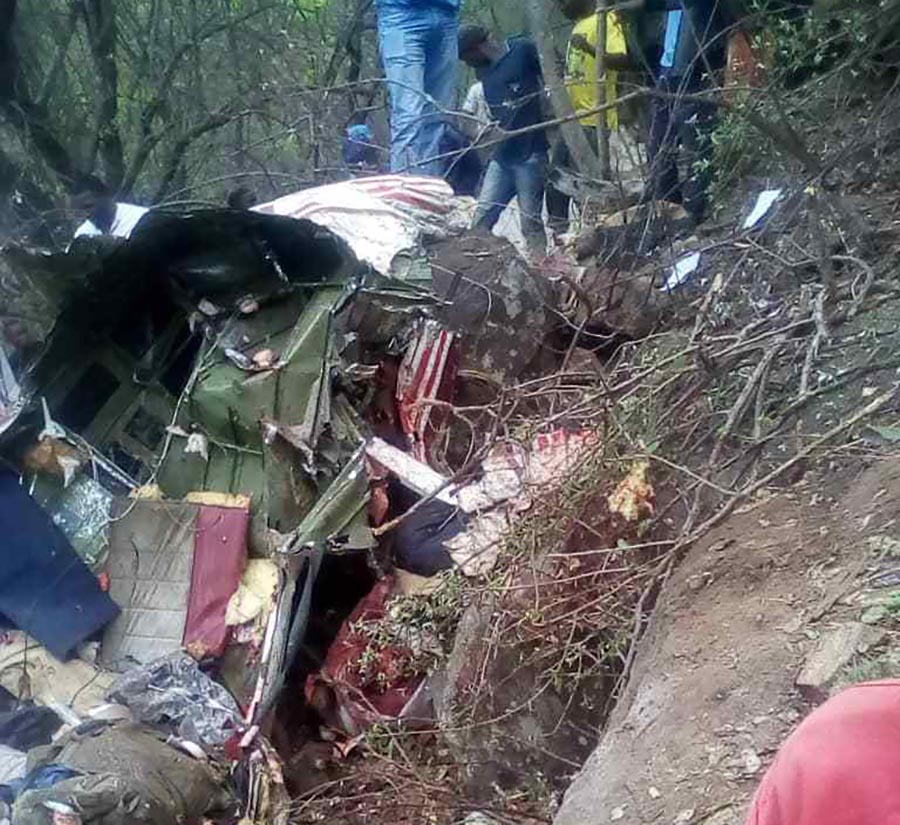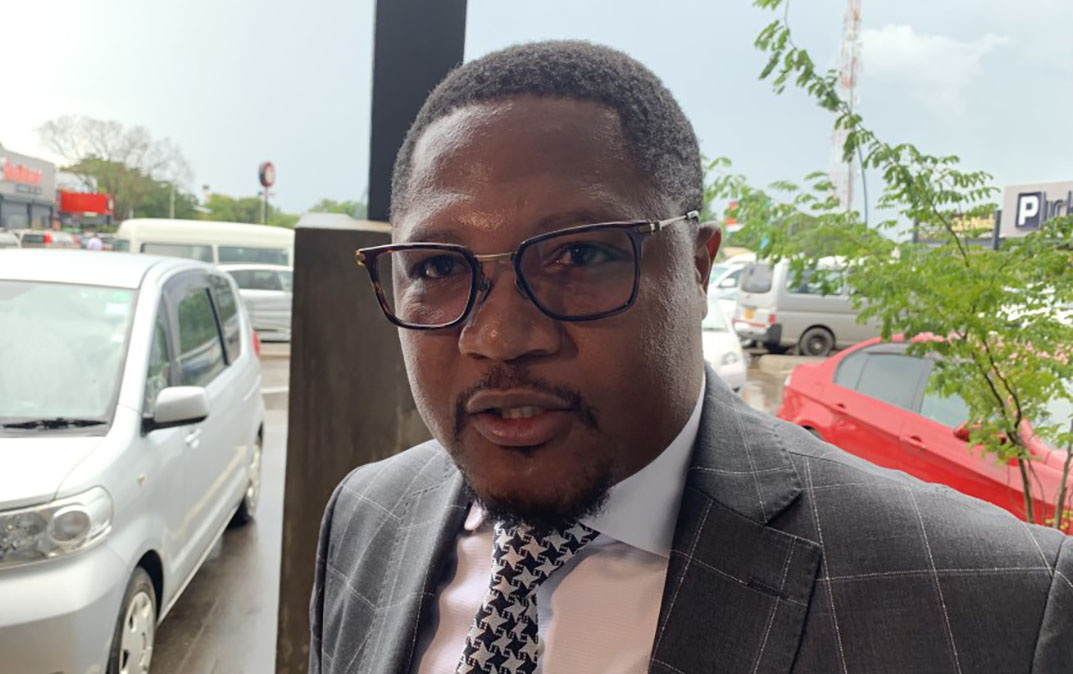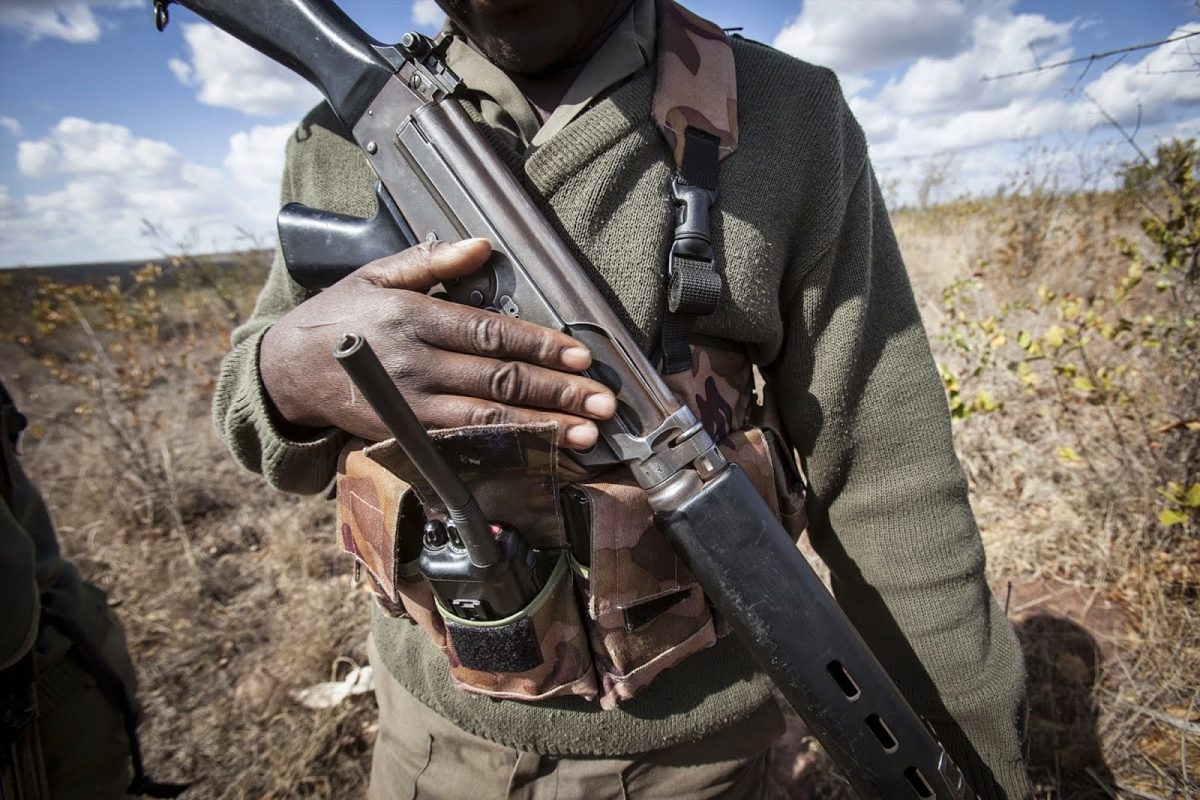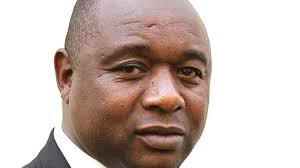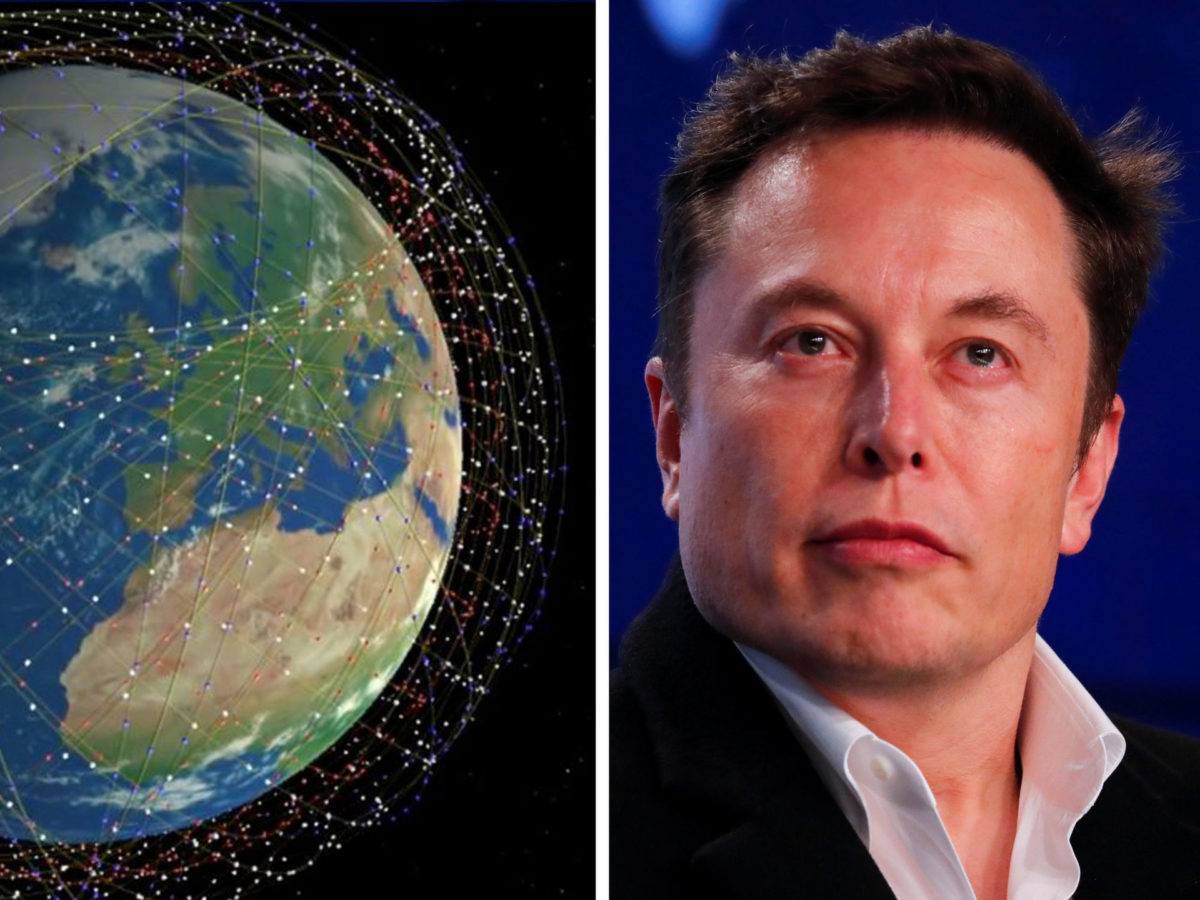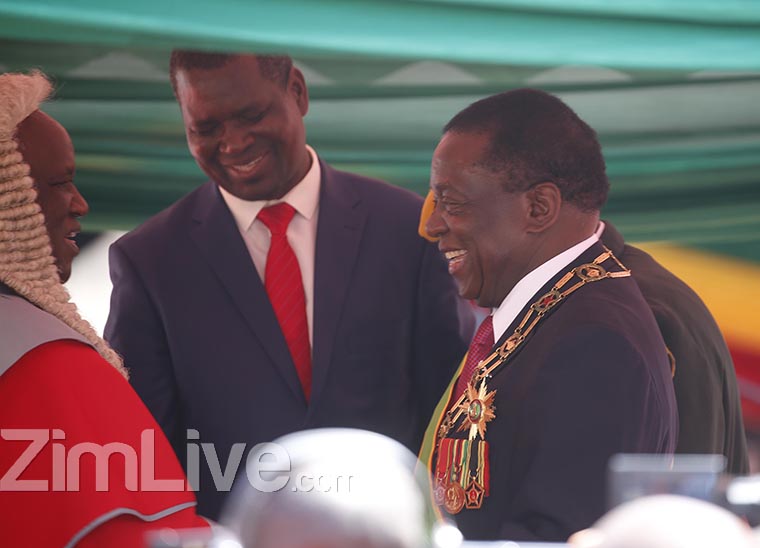IN AN ideal world, the fall of Robert Mugabe as president of Zimbabwe was supposed to usher in a period of sustained economic growth and prosperity.
Mugabe, 95, was toppled by his loyalists in a military coup in November 2017 after a long and bitter succession battle in his ruling Zanu PF.
The rise of his protégé Emmerson Mnangagwa to become only Zimbabwe’s second leader in 38 years promised an immediate end to economic turmoil as the country emerged from international isolation.
However, more than a year after Mugabe’s departure Zimbabwe’s economy is far from bouncing back and frustration is beginning to creep in among long suffering citizens.
Thanks to a currency crisis, in February the Reserve Bank of Zimbabwe (RBZ) abandoned the United States dollar, which has been in use since 2009 in favour of a virtual currency.
Fear now abounds that savings will be wiped out for the second time in a decade and confidence is waning that Mnangagwa is the “messiah”.
The country was shocked by recent revelations that the RBZ has already borrowed a staggering $985 million from African banks including Mozambique’s central bank and the African Export and Import Bank, without parliamentary approval in a very short space of time.
According to government documents and interviews with former ministers, the debts that are now the biggest impediment to economic revival were accrued to cover a big financial hole created through the financing of programmes rolled just before Mugabe’s dramatic ouster.
To shore up his presidency in the last days of his rule, Mugabe resorted to populist, but economically daft policies, for which Zimbabwe is still paying.
Jonathan Moyo, a former minister and close Mugabe ally now says the policies were pushed by a Zanu PF faction aligned to the army that was preparing the groundwork for the coup.
The biggest such programme was the command agriculture scheme, which was sponsored by Mnangagwa, who went on to topple Mugabe with the help of the army.
The programme was supposed to ensure that Zimbabwe grows enough grain to sustain itself.
It was touted as a runaway success — even if the country continues to be a wholesale importer of grain long after it implemented the command agriculture scheme — that it was extended to other spheres such as command livestock and command fisheries among other similar schemes.
Figures are hard to come by in Zimbabwe, but Moyo, a former Zanu PF spin doctor, estimates that the Zimbabwean economy lost $5 billion thanks to command agriculture, with most of that money being used “to deepen corruption.”
In 2017, the International Monetary Fund (IMF) warned that the funding structure for the command agriculture scheme would exacerbate cash scarcity, further jeopardise the financial sector and ultimately fuel inflation.
An advisory generated by the finance ministry’s debt management office last year warned that the funding model for command agriculture would be disastrous for the economy.
It pointed out that the scheme was open to abuse as the supposed funders were actually feeding off from the government, but at the time the red flag was raised Mugabe came out in defence of the programme saying it was the panacea to Zimbabwe’s food insecurity.
But people like Moyo and former Finance minister Tendai Biti believe that there was a more sinister agenda to the command agriculture scheme and it was used as the launchpad for the coup that toppled Mugabe, who had ruled Zimbabwe since independence from Britain in 1980.
Biti believes that command agriculture scheme and diamond mining – where Mugabe once claimed the country lost $15 billion to corruption – were vehicles for self-aggrandisement for those close to Mnangagwa.
His theory is that Mugabe discovered the looting, kicked out the mining firms from China and confronted the Chinese authorities claiming “your boys are stealing with my boys and the coup happened fast because Mugabe was getting closer to the truth”.
“You cannot view command agriculture in isolation to the infrastructure of corruption, what I call the commanding heights of corruption in the country,” Biti says verbosely.
Moyo on the other hand, says Mugabe was warned that his then deputy was plotting against him, but he chose not to believe the intelligence and instead described command agriculture as a beautiful programme.
“In general, President Mugabe trusted Mnangagwa and [then army commander] Constantino [Chiwenga] more than he trusted some of us,” he says somewhat wistfully. “In the end he saw the two and described them as his tormentors.”
Moyo continued: “Command agriculture was a coup-plotting strategy initially crafted by the Military Intelligence Department overseen by Emmerson Mnangagwa, as then vice president and General Constantino Chiwenga, then Commander of the Zimbabwe Defence Forces.
“Its multiple objectives included taking over a civilian portfolio, ministry of agriculture deeply connected across the economy and with rural and farming communities that make up the majority of the electorate, in order to embed the army with the civilian population; another strategic purpose was to access unlimited funding to finance the coup and accumulate patronage.”
Since the land reform programme that began in 2000, which saw productive white farmers being kicked off the land, Zimbabwe has struggled to produce enough to feed itself.
The country then adopted the ambitious command agriculture programme, which was implemented by senior army officials, who were close to Mnangagwa.
Mnangagwa’s critics believe he used the cover of this programme to embed local communities and ultimately it was the launchpad for the coup.
Moyo claimed command agriculture was only one component of the coup, as Mnangagwa had laid out a strategy to capture state institutions such as the Zimbabwe Anti-corruption Commission, the National Prosecuting Authority and “elements of the judiciary to target political opponents for persecution in the form of corrupt prosecutions and to get favourable decisions from the bench in aid of the coup.”
“President Mugabe was told about these programmes and their sinister objectives,” the former minister, now exiled in Kenya said.
“For the most part, he did not believe the information. When I raised red flags about command agriculture, calling it uglyculture, President Mugabe publicly defended the programme and Mnangagwa, calling command agriculture ‘a beautiful programme’.
“In general, President Mugabe trusted Mnangagwa and Constantino more than he trusted some of us, I suppose because he came with him a long way and they were pillars of his rule since 1980.
“When he realised their plots against him, as the coup was unfolding, President Mugabe clearly felt betrayed by Mnangagwa and Chiwenga, in particular.
“To him, the two were treacherous beyond description.”
The former information minister faces accusations of abuse of office and corruption, but he dismisses the charges as spurious and politically motivated.He claims Chiwenga and Mnangagwa tried to kill him during the coup after soldiers fired several shots at his Harare home.
Mnangagwa picked Oxford professor and former African Development Bank vice president Mthuli Ncube to clean up the financial mess of Mugabe’s last year’s in office, but few countries appear willing to give Zimbabwe a substantial financial bailout. Botswana was recently forced to deny claims by Zimbabwean government official that it had offered Harare a $600 million diamond-backed loan.
On his return from a one-day State visit to Zimbabwe, Botswana President Mokgweetsi Masisi told journalists that his government had only offered to guarantee a $100 million private credit line for local companies to invest in the troubled neighbouring country.
Zimbabwe cannot access loans from multilateral lenders such as the IMF and the World Bank because it owes the Bretton Woods millions of dollars in loans dating back to the Mugabe era.
